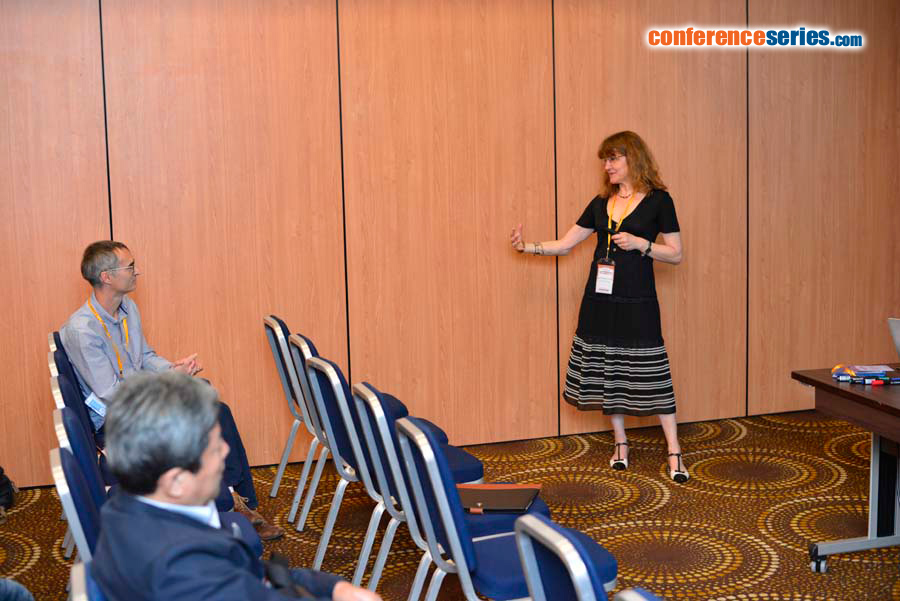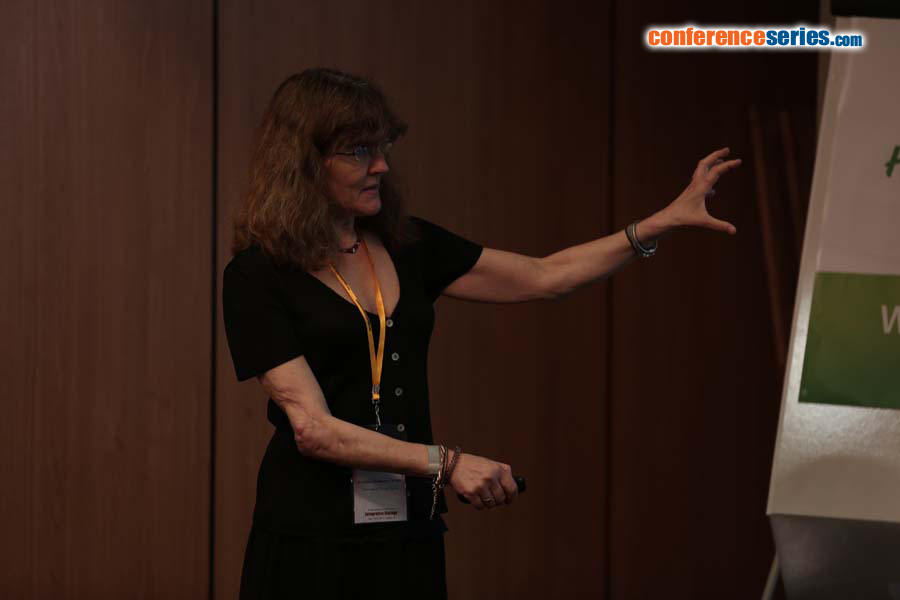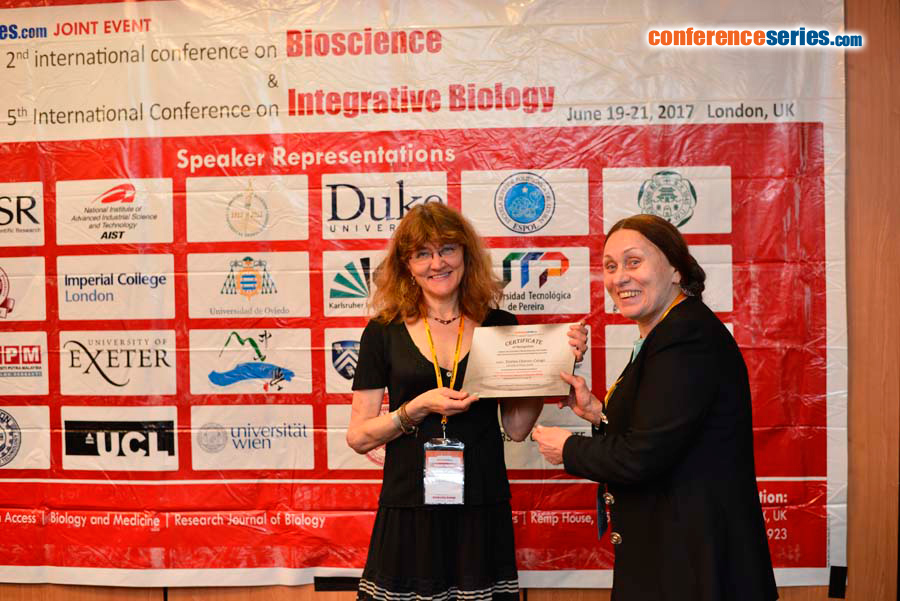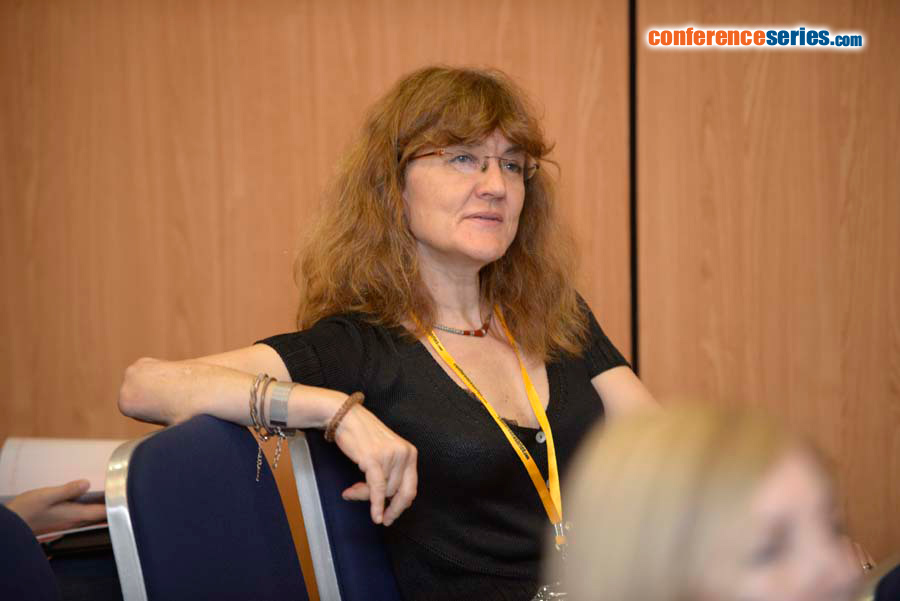
Kristina Djinovic-Carugo
University of Vienna, Austria
Title: Towards the structure of muscle Z-disk using integrative structural biology
Biography
Biography: Kristina Djinovic-Carugo
Abstract
The sarcomere is the minimal contractile unit in the cardiac and skeletal muscle, where actin and myosin filaments slide past each other to generate tension. This molecular machinery is supported by a subset of highly organised cytoskeletal proteins that fulfil architectural, mechanical and signalling functions, including the giant proteins titin, obscurin and nebulin as well as the cross-linking proteins α-actinin and myomesin.
The cross-linking of actin and myosin at the boundaries of their filamentous structures is essential for the muscle integrity and function. In the Z-disks – the lateral boundaries of the sarcomere machinery – the protein α-actinin-2 cross-links antiparallel actin filaments from adjacent sarcomeres, and additionally serves as a binding platform for a number of other Z-disk proteins. In striated muscle cells, the Z-disk represents a highly organized three-dimensional assembly containing a large directory of proteins orchestrated in a multi-protein complex centered on its major component α-actinin, with still poorly understood hierarchy and three-dimensional interaction map. On the way to elucidate the molecular structural architecture of the Z-disk, the hierarchy of its assembly and structure-function relationships, we are studying binary and higher order sub-complexes of α-actinin using biophysical, structural and cell biological approaches.
Here we will present recent data on interaction of muscle α-actinin and filamin C with an adaptor proteins ZASP, myotilin and FATZ-1, forming a fuzzy complex with the latter, and discuss findings in view of muscle Z-disk architecture and assembly.







